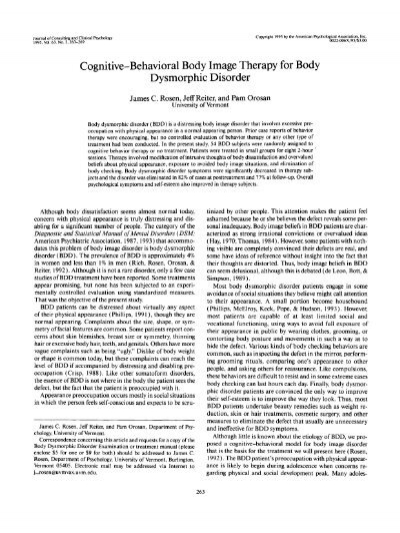Have you ever wondered what your physical features reveal about your personality? The study of body reading seeks to explain how our physical traits and gestures reflect deeper psychological patterns.
In this guide, we’ll explore main ideas of body analysis, covering practical examples. We’ll explain how character traits body analysis can be used in personal relationships, helping you gain insights into behavior.
Keep reading to discover the real power of behavioral body analysis. By the end, you’ll know which signs to watch for.
The Importance of Body Analysis
It’s not just about interpreting strangers; it’s also a tool to understand yourself better.
Many professionals use body analysis to improve therapy outcomes. Therapists may observe facial reactions to detect psychosomatic patterns.
This skill reduces misunderstandings and helps build trust, because you’re responding not just to words but also to what the body communicates.

Types of Body Analysis
Some practitioners focus on movement patterns, reading how the body carries itself to uncover emotional states or stress responses.
Behavioral body analysis also includes nonverbal cues, which can reveal momentary emotions even when someone tries to hide their feelings.
While these methods differ in focus, they all share a common goal: to understand the link between body and mind.

How to Apply Body Analysis
Applying body analysis in real life starts with observation. Begin by noticing posture in different contexts.
In professional settings, body analysis helps build rapport and improve communication. Sales professionals may observe a client’s facial tension to gauge interest or resistance.
This skill deepens empathy because it encourages listening beyond words.
What People Get Wrong About Behavioral Body Reading
For example, crossed arms might signal defensiveness, but could also mean someone is simply cold or tired.
Another myth is that body analysis can fully define a person’s personality just by looking at them. While physical traits may correlate with tendencies, they don’t determine every behavior or choice.
Parents use body analysis to understand children’s unspoken feelings. Teachers notice students’ posture shifts to catch disengagement.
How the “Body Explains” Model Works
The “body analysis explains” approach gained popularity by connecting body types with personality tendencies. This method teaches that our bodies tell a story.
In “the body explains” practice, professionals observe body segments and map them to psychological traits.
This integrative method links personal growth, offering a holistic view of human development.
Ethics in Character Traits Body Reading
Ethical practitioners use behavioral insights to support communication, not control or manipulate.
Practitioners need cultural humility and awareness to avoid imposing biased interpretations.
When sharing insights from body analysis, it’s crucial to invite dialogue rather than declare facts.
How to Improve Your Body Analysis Abilities
Over time, you’ll sharpen your ability to detect subtle cues and contextual signals.
Practicing with peers or mentors can offer feedback to avoid overinterpretation or assumption.
With consistent practice, your awareness grows, enhancing communication, relationships, and emotional intelligence.

Conclusion: Is Body Analysis Right for You?
Whether you’re someone curious about human behavior, learning to read the body opens new dimensions of communication.
The journey doesn’t end here: continued practice, reflection, and ethical use deepen your competence over time.
If you’re ready to apply these insights, consider observing people intentionally.
FAQ About Body Analysis
What is body analysis?
It involves studying how the body expresses subconscious tendencies and communicates beyond words.
Do you need special skills to practice body analysis?
Like any skill, body analysis improves with experience, study, and reflection over time.
Can body reading tell everything about a person?
No single gesture or trait offers complete truth; ethical practice involves humility and openness to complexity.
Can body reading help in business?
Many industries benefit from understanding nonverbal cues for better collaboration and empathy.
How is body analysis different from reading body language?
Think of body analysis as a broader umbrella, with body language reading as one component of it.
descubra mais informacoes a mais
 Jennifer Grey Then & Now!
Jennifer Grey Then & Now! Anna Chlumsky Then & Now!
Anna Chlumsky Then & Now! Bug Hall Then & Now!
Bug Hall Then & Now! Kelly Le Brock Then & Now!
Kelly Le Brock Then & Now! Teri Hatcher Then & Now!
Teri Hatcher Then & Now!